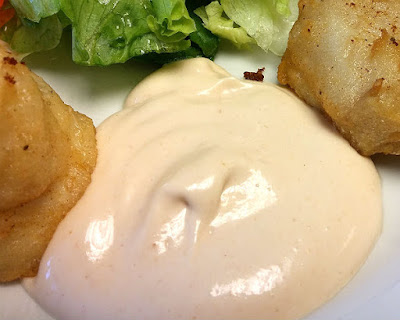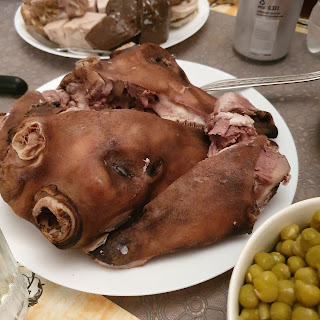Brúnaðar kartöflur - Caramelised potatoes
These are good with any kind of roast meat, especially lamb and pork roast. I don't like to make them too often, just occasionally. Potatoes caramelising in the pan: 1 kg cooked potatoes 50 g butter OR margarine 50 g sugar If you need to convert the measures, see link on the right. The potatoes should preferably be cold, but it is not necessary. They should be small and even in size. If they are big, cut into smaller pieces (about bite-size), flush with water and pat dry. Put the sugar in a medium hot frying pan. When it starts to brown, add the butter and stir to mix. Lower temperature and add potatoes. Roll the potatoes around to coat evenly. The caramel covering should be soft and light brown. If it is dark and hard, the sugar syrup was too hot. This can be fixed by removing the left-over sugar from the pan and returning the potatoes to the pan with a little water. Roll them around and allow the boiling water to soften the caramel shell. Serve hot, for example with roast o

